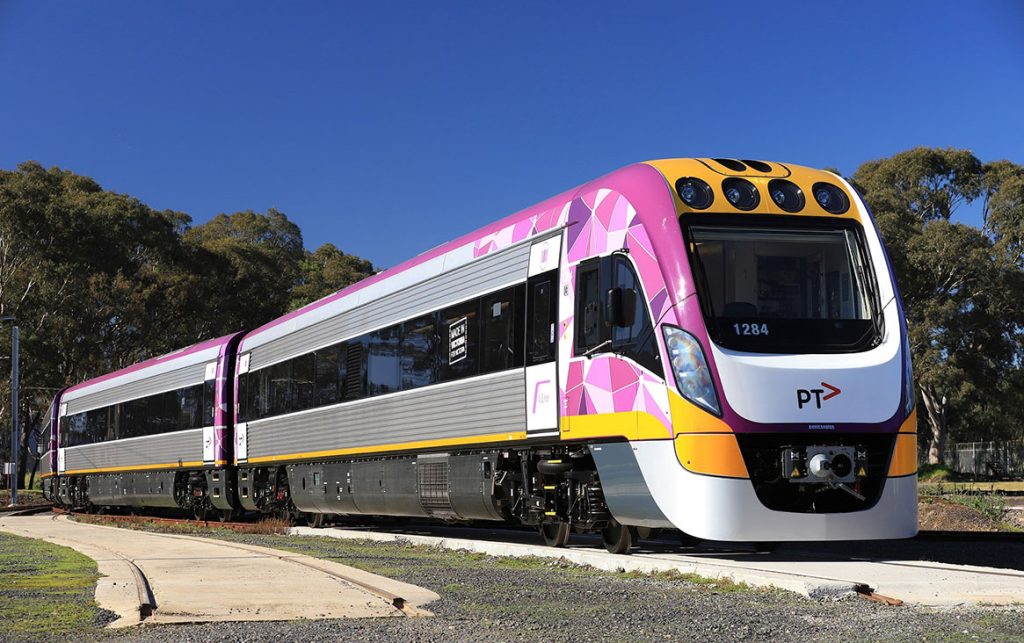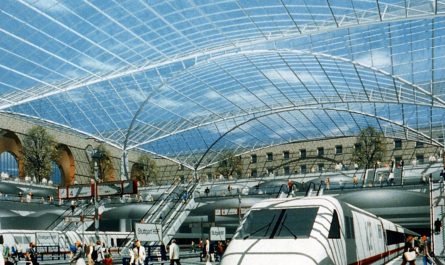Italy, with its rich history, stunning landscapes, and vibrant cities, is a country where train travel is not just practical but also an enjoyable way to experience its diverse regions. Whether you’re journeying from the bustling streets of Rome to the romantic canals of Venice or exploring the rolling hills of Tuscany, trains offer a comfortable and scenic way to see the country. However, to make the most of your Italian rail adventure, there are some essential things you need to know. Here’s a comprehensive guide to traveling by train in Italy, including the types of trains, ticketing procedures, and travel tips.
1. Types of Trains in Italy
High-Speed Trains
Italy’s high-speed trains, known as Frecciarossa and Frecciargento, are among the fastest and most comfortable options for long-distance travel. They connect major cities like Rome, Milan, Florence, and Naples, and can reach speeds of up to 300 km/h (186 mph).
- Frecciarossa: The top tier of high-speed trains, offering premium services, including first-class cabins, onboard dining, and more comfortable seating.
- Frecciargento: Slightly slower than Frecciarossa but still offers high-speed service with modern amenities.
- Trenitalia’s Italo: Another high-speed option, operated by a private company, offering a competitive service with various comfort levels.
Intercity Trains
Intercity trains, such as Intercity and Intercity Notte, provide a balance between speed and cost, connecting larger cities and regional centers. They are suitable for medium to long-distance travel and often offer comfortable seating with amenities.
- Intercity: Offers a good mix of speed and comfort for journeys between major cities.
- Intercity Notte: These are overnight trains that allow you to travel while sleeping, making them ideal for longer journeys.
Regional Trains
Regional trains, known as Regionale, are the most common for local and short-distance travel. They connect smaller towns and cities within a specific region and are often slower and less expensive than high-speed or intercity trains.
- Regionale: Offers a more relaxed travel experience with frequent stops and affordable fares. These trains are ideal for exploring regions or making short trips between neighboring towns.
2. Booking Italian Train Tickets
Advance Booking
Booking your train tickets in advance is highly recommended, especially for high-speed and intercity trains, as they can sell out quickly, particularly during peak travel times. Here are a few tips for booking your tickets:
- Online Booking: Use websites like Trenitalia, Italo, or other reliable travel platforms to book tickets. Online booking allows you to compare prices, select your seats, and secure your tickets from the comfort of your home.
- Ticket Offices: Tickets can also be purchased at train stations from ticket counters or self-service machines. However, for high-speed trains, it’s often better to book in advance to ensure availability and get the best fares.
- Rail Passes: If you plan on making multiple train journeys, consider purchasing a rail pass, such as the Eurail Pass or Interrail Pass, which can offer significant savings.
Ticket Types
- Single Tickets: Valid for one journey on a specific date and time. Make sure to check if your ticket is for a specific train or if it allows flexibility.
- Return Tickets: Useful if you’re planning a round-trip. It often comes at a discounted rate compared to purchasing two single tickets.
- Reserved Seats: For high-speed and intercity trains, seat reservations are often mandatory. Ensure you select a specific seat when booking.
3. Validating Your Ticket
Before boarding most regional and some intercity trains, you need to validate your ticket. This is a crucial step to avoid fines. Here’s how to do it:
- Validation Stamps: Look for the yellow or green validation machines at train stations. Insert your ticket into the machine to get it stamped with the date and time. This step is not necessary for high-speed trains, where your ticket is automatically validated.
- Ticket Checkers: On high-speed and intercity trains, your ticket will be checked by conductors, so you don’t need to stamp it. Ensure you keep your ticket handy for inspection.
4. Punctuality and Timetables
Be On Time
Punctuality is crucial when traveling by train in Italy. Trains typically run on a strict schedule, and delays can be inconvenient. Here’s how to ensure you’re on time:
- Arrive Early: Aim to arrive at the station at least 20 minutes before your train’s departure. This gives you enough time to find your platform, buy snacks, and get settled.
- Check Timetables: Always check the train timetable and platform information before you travel. Digital displays at stations provide real-time updates on train arrivals, departures, and any delays.
Platform Information
- Station Announcements: Listen for announcements or check the digital boards for platform changes or delays.
- Platform Signs: Pay attention to platform signs indicating your train’s departure area.

5. Knowing Where to Get Off
When traveling by train, especially on longer journeys, knowing where to get off is essential. Here’s how to make sure you don’t miss your stop:
- Route Planning: Before your journey, familiarize yourself with the route and the names of your stops. This information is usually provided on your ticket or the train’s display screens.
- Announcements: Listen to station announcements during the journey. Most trains announce upcoming stops in multiple languages.
- Train Staff: If you’re unsure, ask the train staff for assistance. They can provide information on upcoming stops and help with any questions you may have.
Traveling by train in Italy is a fantastic way to explore the country’s diverse regions, from the bustling cities to the picturesque countryside. By understanding the types of trains available, booking your tickets in advance, validating your ticket, and staying punctual, you can enjoy a smooth and enjoyable travel experience.
Whether you’re taking a high-speed train between major cities, an intercity train for a regional adventure, or a regional train for local exploration, Italy’s rail network offers a convenient and scenic way to see the country. Plan ahead, stay informed, and enjoy the journey through one of Europe’s most beautiful and historically rich destinations.



